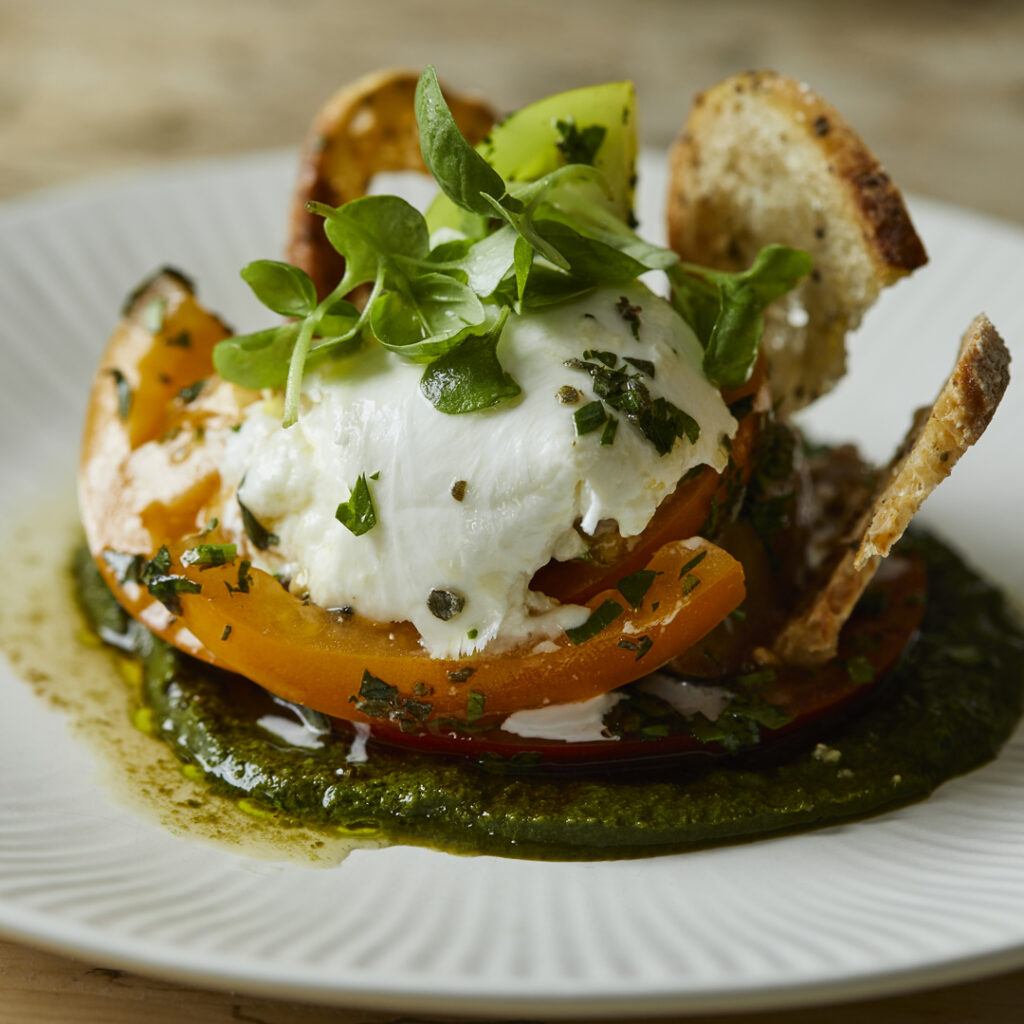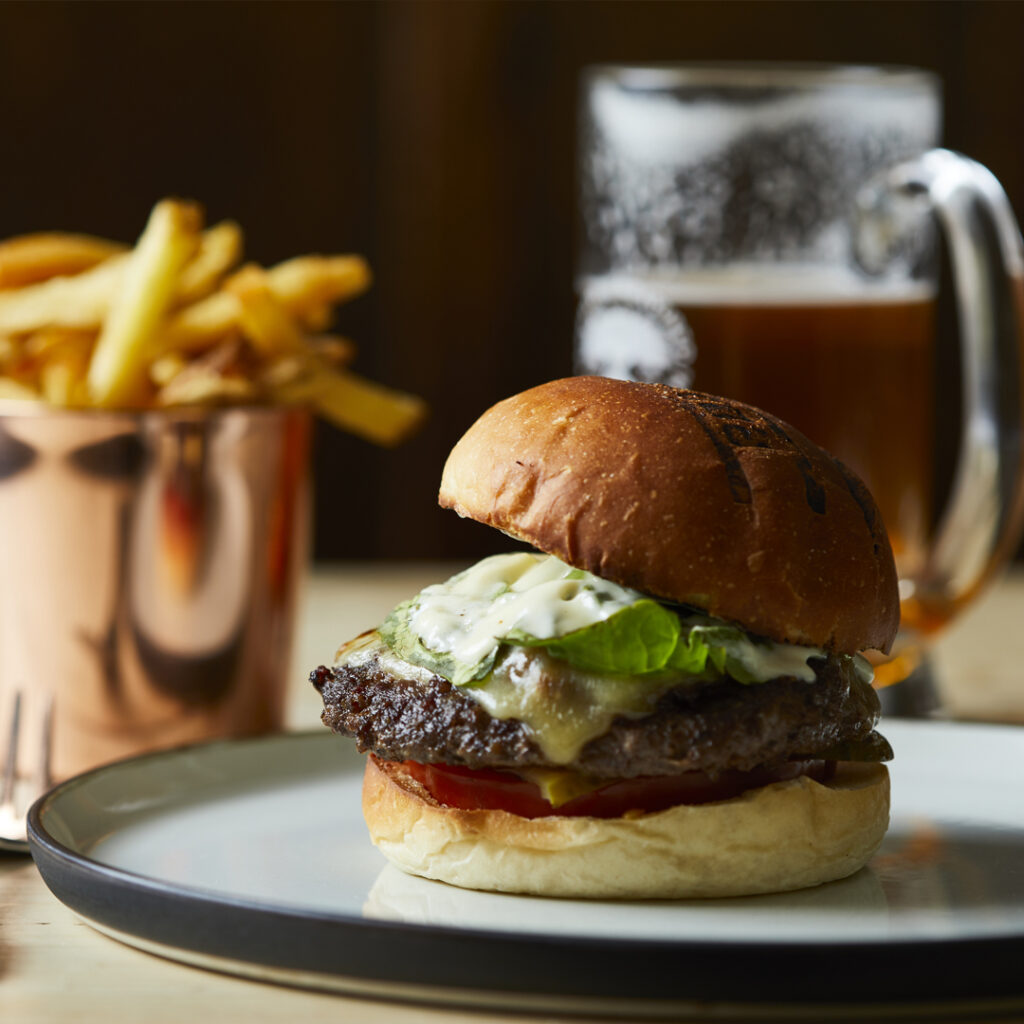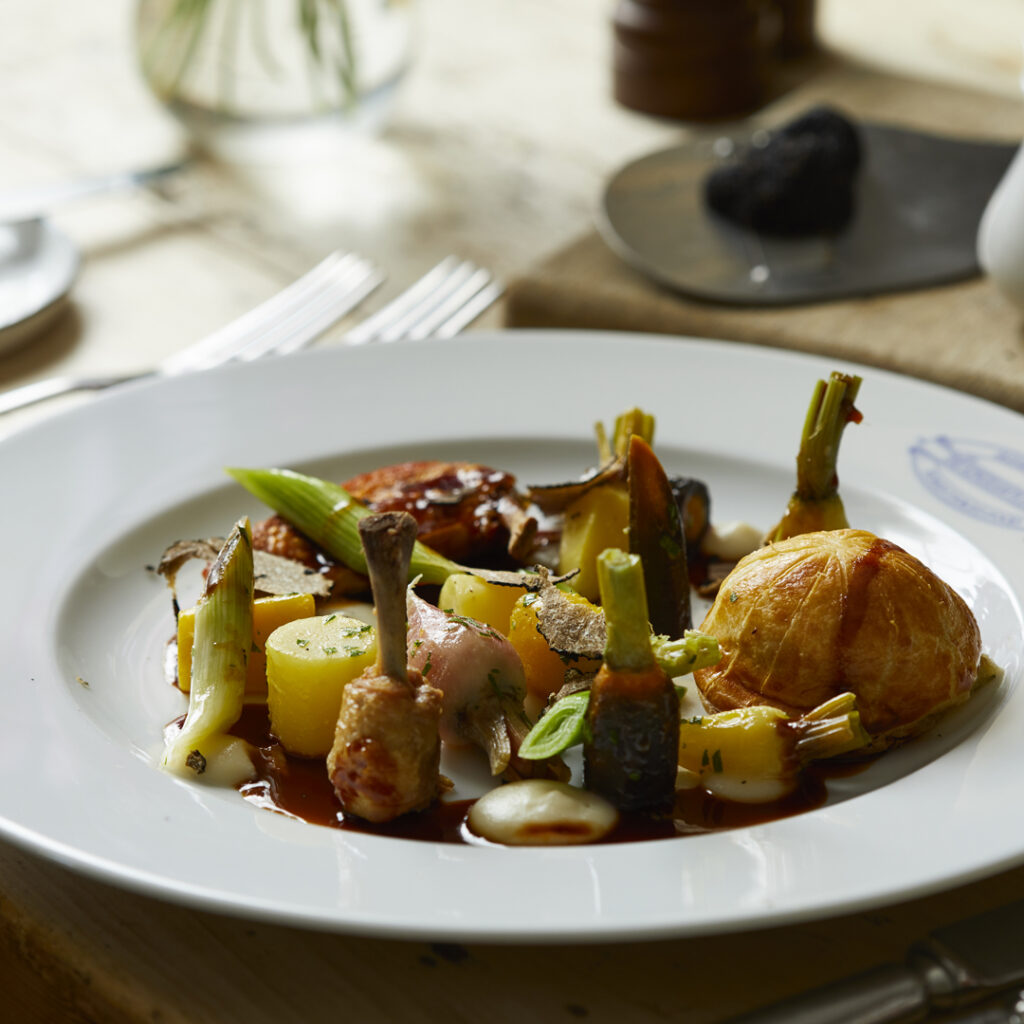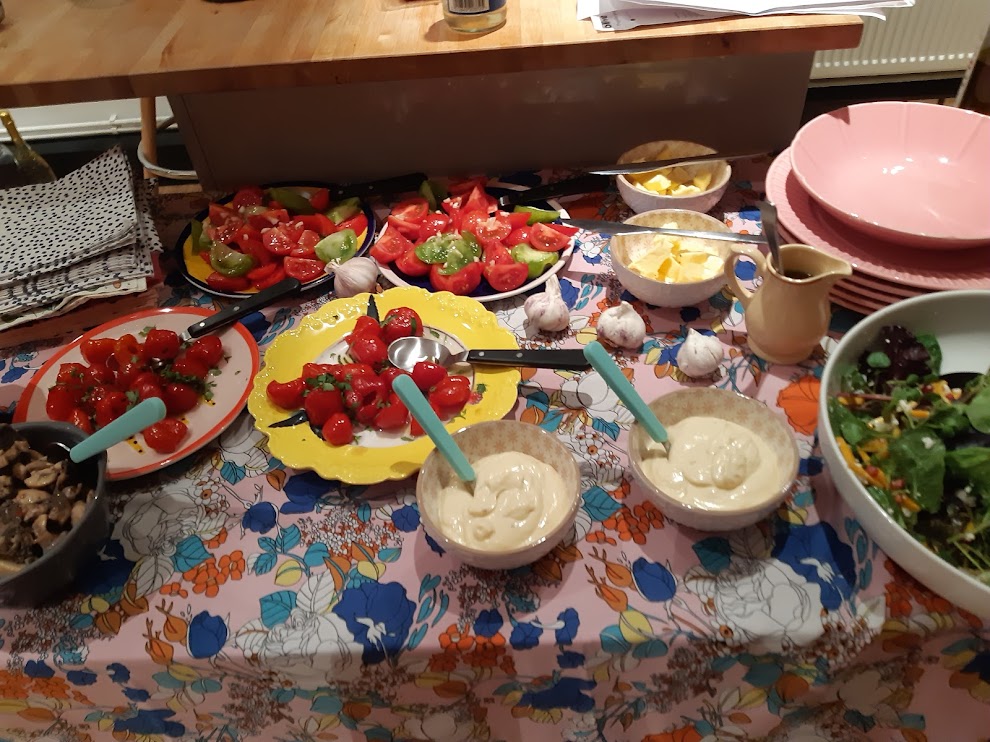Tim & Tam Spittle tell us about the vodka made from sheep’s milk thanks to their friendly “Black Lions” on the family farm and summer walks, tours and tastings to enjoy
Vodka is typically made from potato, grain, even grapes. But sheep’s milk? This was the challenge Tim & Tan Spittle couldn’t wait to climb.
“Sheaf House Farm, which Tim’s mum and dad bought over 50 years ago, would simply never survive today as a small Cotswold sheep farm if we didn’t also try new things,” explains Tan.
“We’ve always loved vodka. We were thinking of alternative diversifications and thought it needed to be niche. Knowing about cow’s milk vodkas, we wondered why no one had ever done it with sheep’s milk. That’s where it began.”

Milk for the vodka comes from Tim and Tan’s beloved flock of Black Lion sheep, all crossbred from Swiss Valais Blacknose and grazed on what has been the family farm for two generations. BLACKLION was created as a premium sipping vodka using the sugar-rich whey left over after cheese-making that would otherwise go to waste. “Creating BLACKLION took us on a four-year adventure working with amazingly talented and patient local distillers to perfect a vodka we love.” says Tim.
Since launching, the vodka has legions of fans, as well as winning a galaxy of gold star reviews and was featured on Gordon Ramsay’s last episode of Future Food Stars last month (above). “Gordon was incredibly genuine and inspiring,” adds Tan, “and we were just so pleased with his enthusiastic review, after tasting BLACKLION.”
The vodka’s unique and crisp, full-bodied flavour also serves a smooth with a warming aftertaste and a hint of edelweiss.
As for the beautiful sheep behind the creation, this iconic breed originated in the mountains of Switzerland, explaining why the Matterhorn appears on every bottle. “When we came up with the idea, we thought we needed to make our vodka doubly rare; so we created our own breed of sheep the “Black Lions”. A cross between the Swiss Valais Blacknose and a British milking sheep, they have an unbelievable temperament – they’re almost too quiet; too friendly!”
Tim & Tan will start their own farm walks, tours and tastings over the summer, offering guests the chance to meet the sheep and taste the vodka. “We’ll have a mixologist making different cocktails and it will just be a lovely day out for everyone to enjoy,” adds Tim.
“This part of the world remains to be the one of the most beautiful regions of Great Britain with its rolling hills, spectacular views and majestic towns and villages. It’s also home to some incredibly talented chefs, local producers and craft drink distillers making it a fantastic destination for foodies!”
For more info visit Blacklion Vodka






































